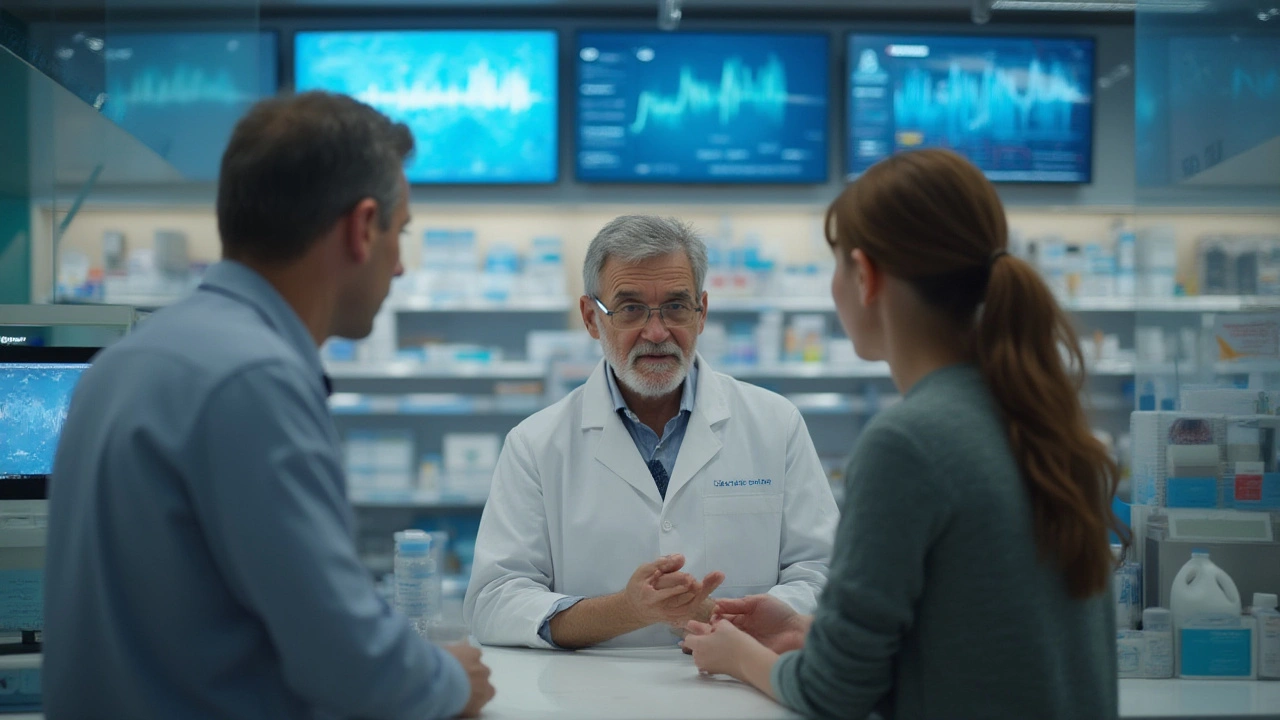Diabetes treatment: what actually works and what you should know
About 1 in 10 adults has diabetes. That makes treatment a daily reality for millions. Whether you’re managing type 1, type 2, or gestational diabetes, the goal is the same: keep blood sugar in a safe range, avoid complications, and stay active in your care.
Quick treatment options
Type 1 diabetes always needs insulin. For type 2, start with lifestyle changes—weight loss, a consistent meal plan, and exercise—and most doctors add metformin first. Newer drug classes like GLP-1 receptor agonists (semaglutide, liraglutide) and SGLT2 inhibitors (empagliflozin, canagliflozin) help lower sugar and cut heart or kidney risks for many people. Insulin becomes necessary if pills and injectables don’t control levels.
Gestational diabetes is treated differently: diet and glucose monitoring come first, and doctors may use insulin or sometimes metformin. A recent study from the German Institute of Human Nutrition Potsdam-Rehbrücke looked at metformin in pregnancy and found no clear benefit for offspring brain development—talk to your obstetrician before choosing meds during pregnancy.
Practical daily tips that help
Check blood sugar regularly. Home glucose meters or continuous glucose monitors (CGMs) show patterns that matter more than single readings. Ask your provider about HbA1c targets—many aim for around 7% but targets change with age, other health issues, and risk of low blood sugar.
Watch for hypoglycemia. Shakiness, sweating, confusion—treat quickly with fast carbs (juice, glucose gel). If you use insulin or sulfonylureas, keep a plan for lows and tell family or coworkers how to help.
Food matters. Focus on whole foods, consistent carbs at meals, and protein or fiber to slow glucose spikes. You don’t need a strict, one-size-fits-all diet—find a pattern that fits your life and weight goals.
Movement helps immediately. A 20–30 minute walk after meals blunt glucose spikes. Strength training raises muscle mass, which improves insulin use over time.
Check your feet, eyes, and kidneys. Regular foot checks prevent ulcers; get annual eye exams and bloodwork for kidney function. Prevention reduces the chance of long-term problems.
Med side effects and safety: metformin can cause stomach upset but rarely serious problems; GLP-1s often cause nausea initially and help with weight loss; SGLT2s can raise the risk of genital infections and need monitoring if you have low blood pressure or kidney issues. Always review meds for interactions and shop for prescriptions from reputable pharmacies or via your healthcare team.
Finally, keep a simple record: meds, doses, glucose readings, and any symptoms. Bring that to appointments. Good diabetes treatment is teamwork—between you, your provider, and the tools you use every day.
Glyset: Mechanism, Benefits, and Side Effects for Diabetes Management in 2025
Discover how Glyset (miglitol) fits into modern diabetes care, its benefits, safety tips, and the science behind blood sugar control in 2025.
View More
